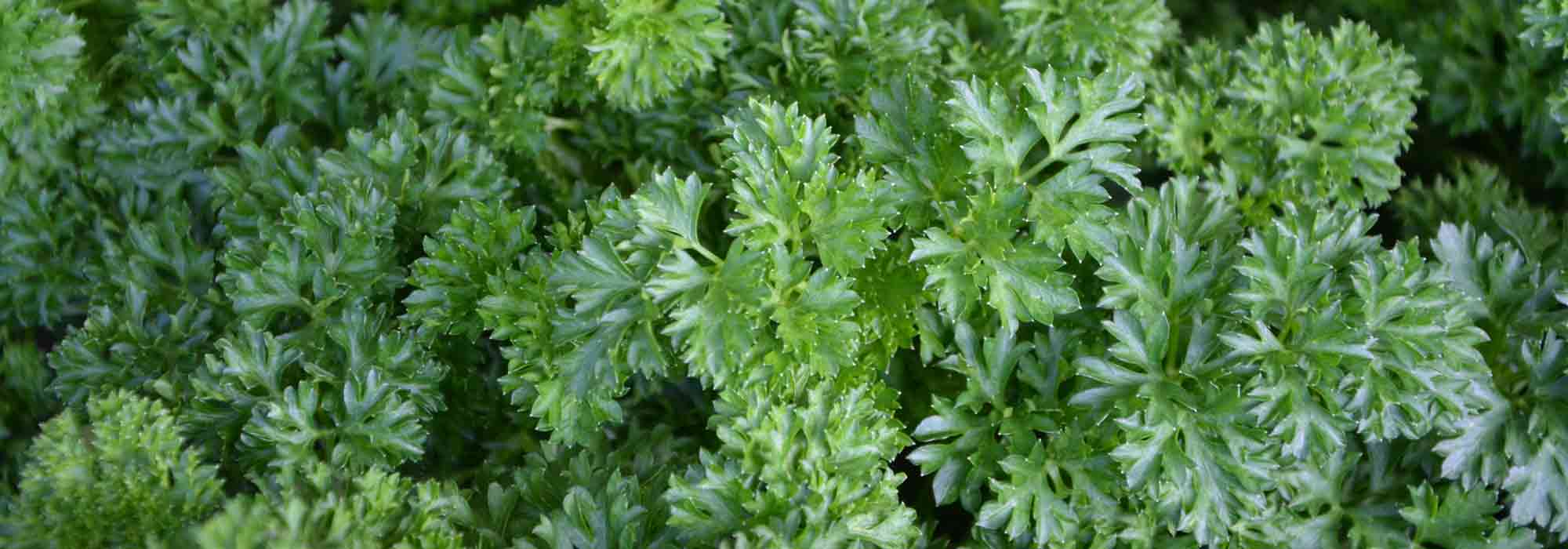
7 aromatic plants for shade
Ideal varieties for a shaded vegetable patch
Summary
Also known as “fine herbs”, Aromatic plants are indispensable in vegetable gardens. Perfuming garden and dishes, they often favour sunny spots. However, some of them are best grown in shady corners of your garden.
Here is therefore a selection of 7 aromatic plants for shade.
Wild garlic: a bulbous aromatic plant of the woodland understorey
Allium ursinum, commonly called bear’s garlic, is an aromatic perennial of the woodland understorey. Plant used as a culinary herb, its bulb, together with its leaves and flower buds, are used in cooking to flavour dishes. Bulbous plant, with bristly habit, bear’s garlic has narrow petiolate leaves. In spring (April to June) it flowers in pretty spherical white umbels to yellowish.
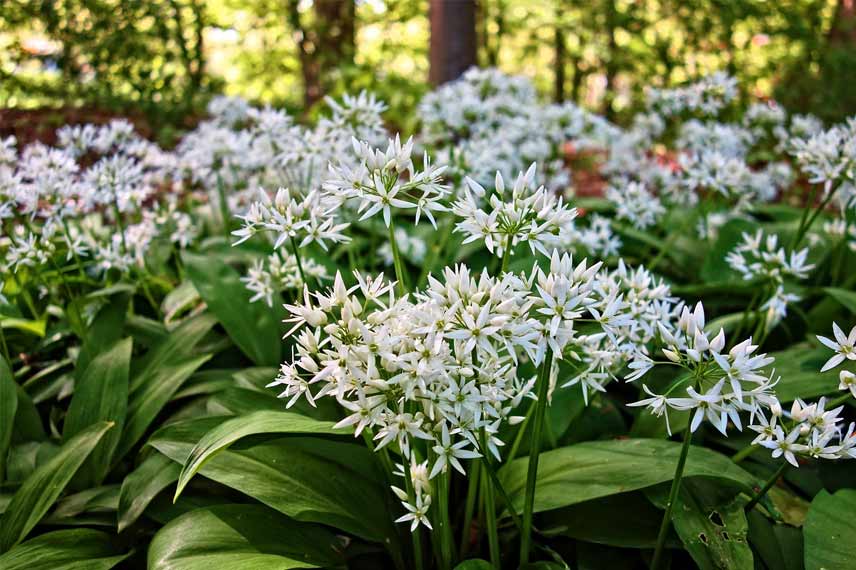
Growing Allium ursinum
For a harvest from January to October, sow bear’s garlic in summer (July to September) and at end of winter, early spring (February to March). Deciduous and hardy to −15°C, it disappears completely in winter and reappears in spring. Allium ursinum is easy to grow in vegetable garden in shaded to part-shaded positions, in fresh soil, whether heavy, alkaline or rich and light. Once established, it requires no particular care.
You may also read
Sowing of aromatic plantsMojito mint: a variety with a powerful menthol scent
Mentha hemingwayensis is a variety of bushy, aromatic mint with a powerful menthol and very fresh aroma. Mojito mint is ideal for flavouring summer aperitifs and cocktails. It is also used in cooking to brighten cold dishes (tabbouleh, salads…). Its light green leaves are characterised by their pointed shape and their puckered surface.
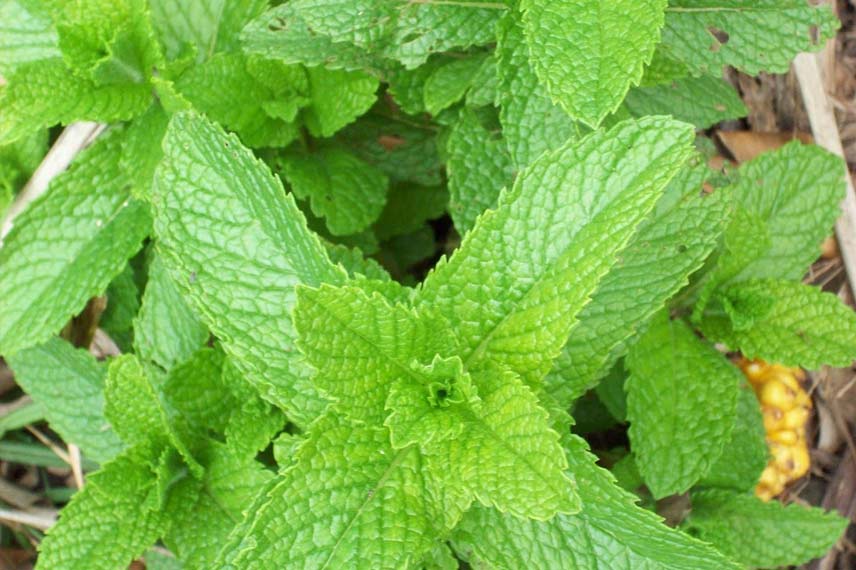
To grow Mentha hemingwayensis
Mojito mint can be grown in pots or in open ground. Place in shaded or semi-shaded position and in cool soil. This perennial very hardy and easy to grow spreads quickly thanks to its running roots. Plant in spring (March to May) or in autumn (September-October) for harvest throughout the year. It can be propagated in spring by dividing clumps or by propagation by cuttings.
Discover other Herbs
View All →Available in 0 sizes
Available in 0 sizes
Available in 1 sizes
Available in 1 sizes
Available in 1 sizes
Available in 1 sizes
Available in 1 sizes
Available in 1 sizes
Available in 2 sizes
Common sorrel: a condiment plant with a tangy flavour
Rumex acetosa is a wild species of sorrel that grows naturally in fields and pastures. Its large edible leaves of mid-green form a compact clump. This vegetable and culinary plant is used in cooking to lend dishes a tangy flavour. It is eaten raw in mixed salads, or cooked with fish or in sauces.
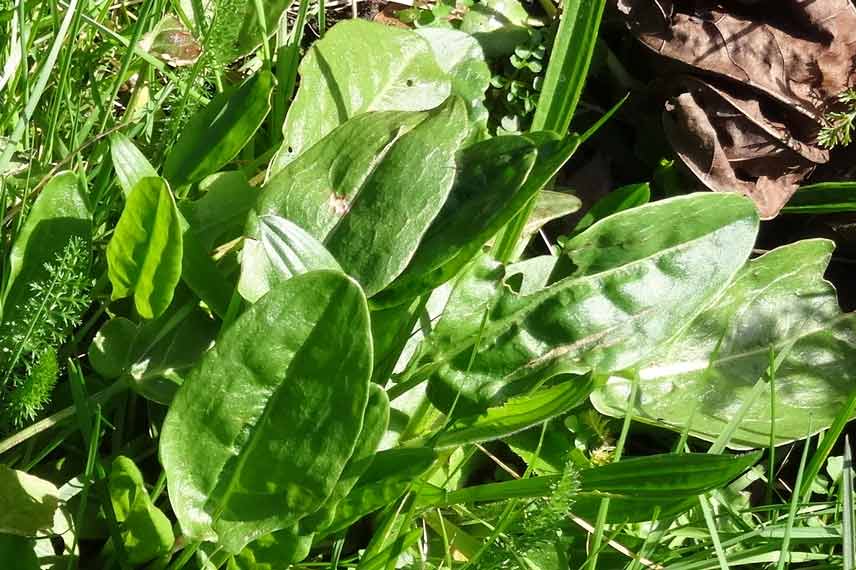
Growing Rumex acetosa
Easy to grow, common sorrel establishes in the garden or on a balcony. In the latter case, it is grown in a large pot. It thrives in moist, rather heavy and acidic soils, and favours shaded positions. This perennial and hardy plant is sown in spring (between March and May) for harvest throughout summer (from May to August).
You may also read
Vegetable garden in the shadeJapanese parsley: a refreshing, delicate herb
Mitsuba parsley, or Japanese parsley, is an herbaceous condiment plant relatively uncommon in our vegetable gardens. It offers a refreshing aromatic flavour lighter than common parsley. Bearing long stems with deciduous dentate leaves, it is an essential aromatic in Japanese cuisine, cooked in soups and stews, or eaten raw in salads.
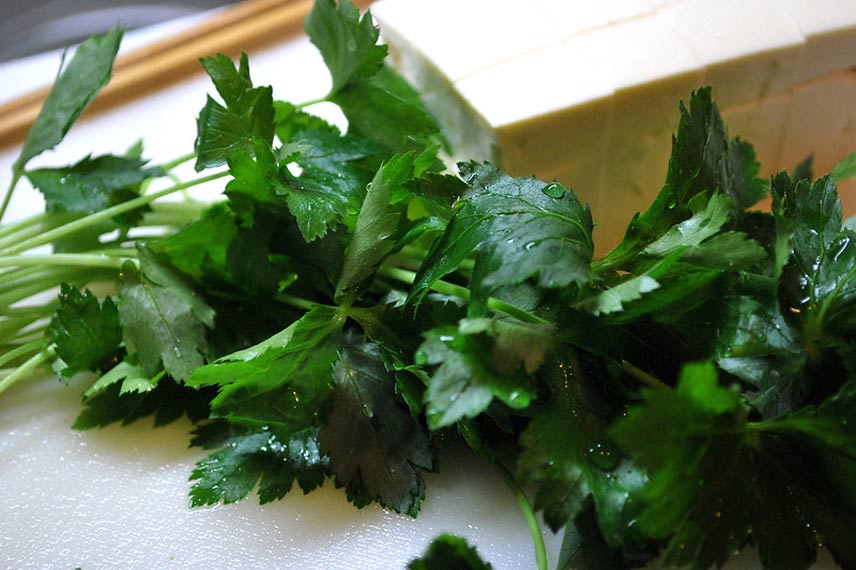
Japanese parsley | © Puamelia – Flickr
Growing Cryptotaenia japonica
Perennial and hardy down to -15°C, Mitsuba parsley is planted in early spring (March to May) for harvest harvested as needed, from spring through summer. Plant of cool woodland, Mitsuba parsley can be grown in open ground or in pots, but always in shade or partial shade, in moist, light soil rich in humus.
Good King Henry: a perfect leaf vegetable for permaculture
Good King Henry, is an ancient variety of leaf vegetable that is eaten cooked like spinach. It is sometimes called “wild spinach”. Its foliage is deciduous, hairy (covered with hairs) and triangular in shape. It has a dark glossy green colour, with a silvery underside.
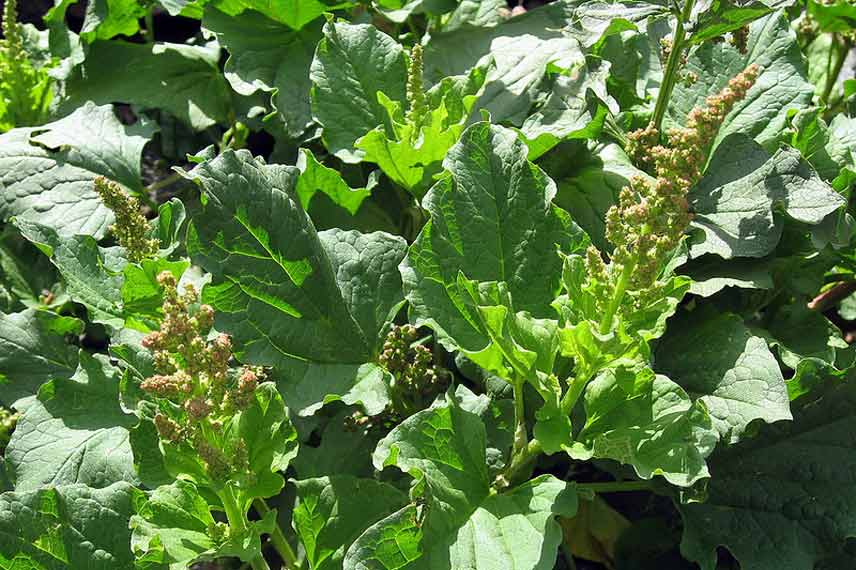
Good King Henry | © Joan Simon – Flickr
Growing Chenopodium bonus-henricus
Perennial, very hardy and undemanding, Good King Henry will thrive for several years in a shaded position, in cool, rich and light soil. Ideal in permaculture, plant in spring (April to May) or in autumn (September to October), avoiding periods of frost and extreme heat, for a harvest of leaves from spring to autumn.
Polygonum thaï: a powerful coriander scent
Thai polygonum is an aromatic-leaved plant that gives off,when crushed, a powerful coriander scent. Their spicy flavour is, however, stronger than coriander’s, with notes of pepper and lemon. Narrow and lanceolate, Rau Ram’s evergreen leaves are marked by a purple V at their centre.
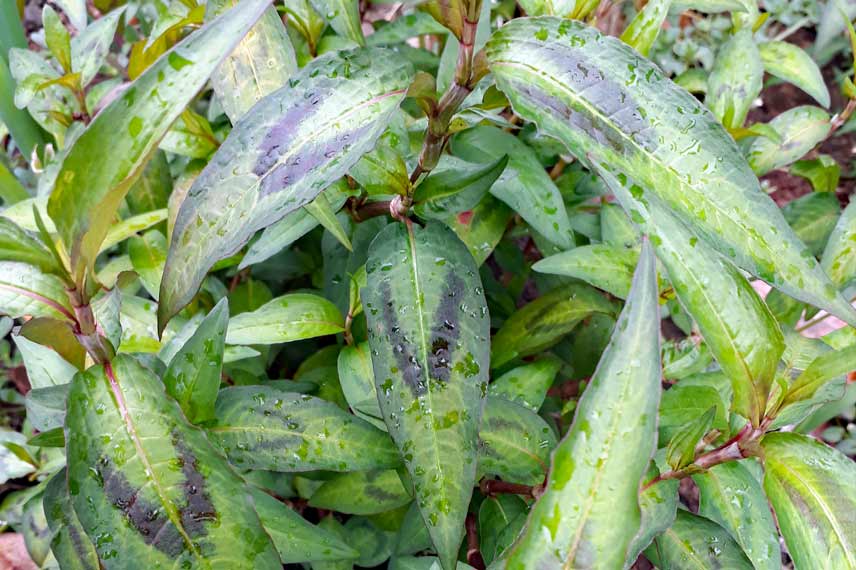
To grow Polygonum odoratum
Creeping perennial plant, but not hardy, Vietnamese coriander is grown in pots and should be brought under cover in winter. Plant in spring (March to June) or in autumn (September to November) for a harvest throughout the year as required. Thai polygonum prefers rich, moist soil, and shaded to partly sunny positions.
Sweet woodruff: groundcover with aromas of cut hay and tonka bean
Sweet woodruff is a groundcover of woodland, with evergreen leaves and emerald green, and with small flowers in spring white, melliferous and fragrant. Used as groundcover in shady corners of the garden, sweet woodruff is also a medicinal plant, whose dried stems give off aromas mixed of tonka bean, vanilla and new-mown hay.
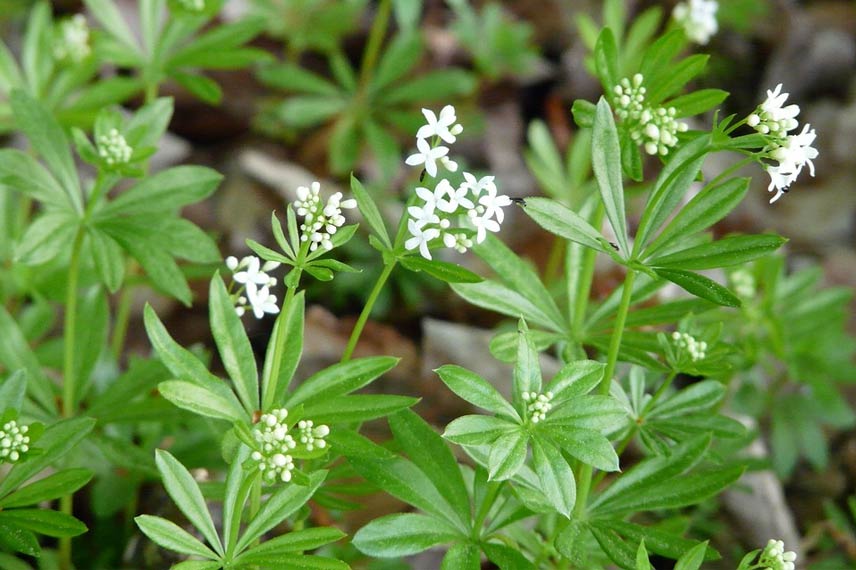
To grow Galium odoratum
This small spreading perennial favours light, non-scorching sun or partial shade, and light, humus-rich soils that remain cool year-round without becoming too wet in winter. Very hardy, it requires no maintenance once established.
Useful links
- To find out more, discover 5 good ways to integrate your aromatic plants into your garden.
- Also find out how to carry out the sowing of aromatic plants.
- Finally, find all aromatic plants available on Promesse de Fleurs.
- Subscribe!
- Contents
































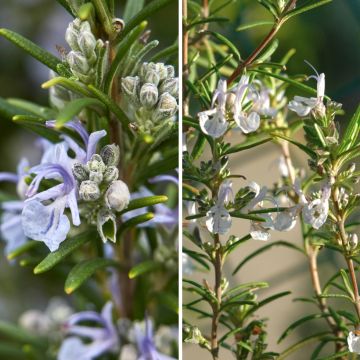
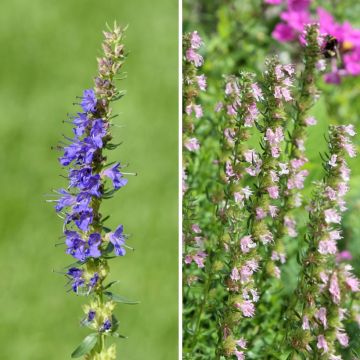
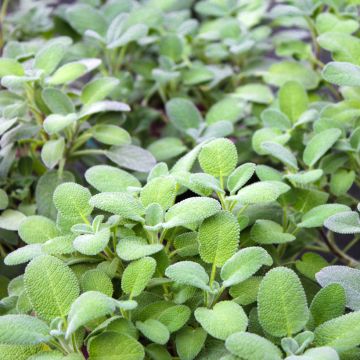
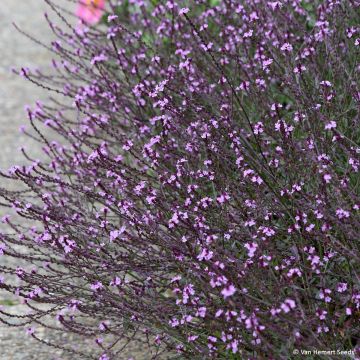
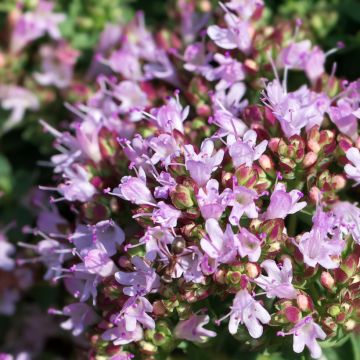
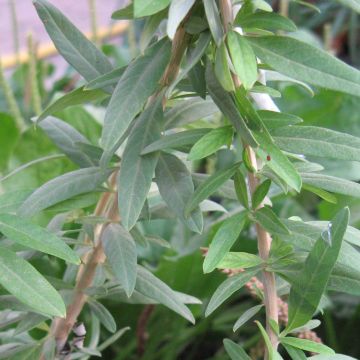
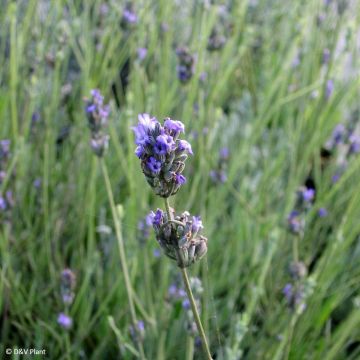
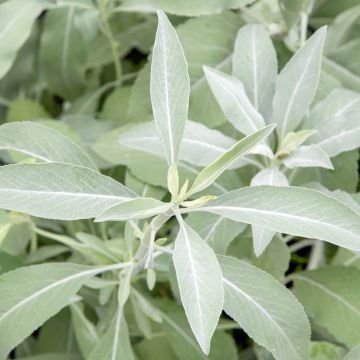
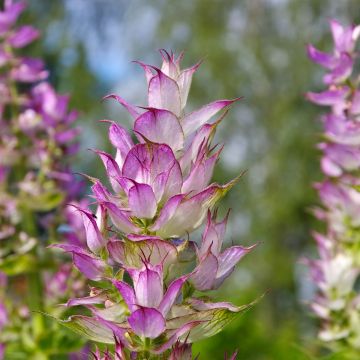
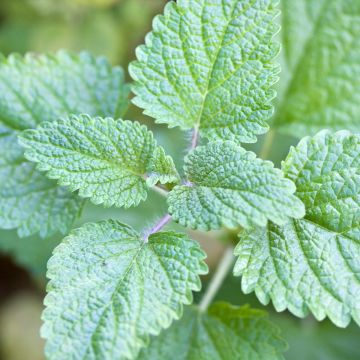
Feedbacks